Almost 80% of web visitors quickly skim through blog posts and pages before reading them.
This is crucial to keep in mind when structuring your content.
Instead of just writing, you should consider the “skimmability” of your content.
If your post is not skimmable for people in a hurry, it will not perform well.
This is a complete guide for structuring blog posts to maximize engagement.
#1 Title
The title of your blog post is the first thing readers see before even opening the blog post.
Use strong, actionable language that tells the reader exactly what they’ll get from reading your post.
Using numbers, adjectives, or questions in your headline can also be effective in drawing in your audience.
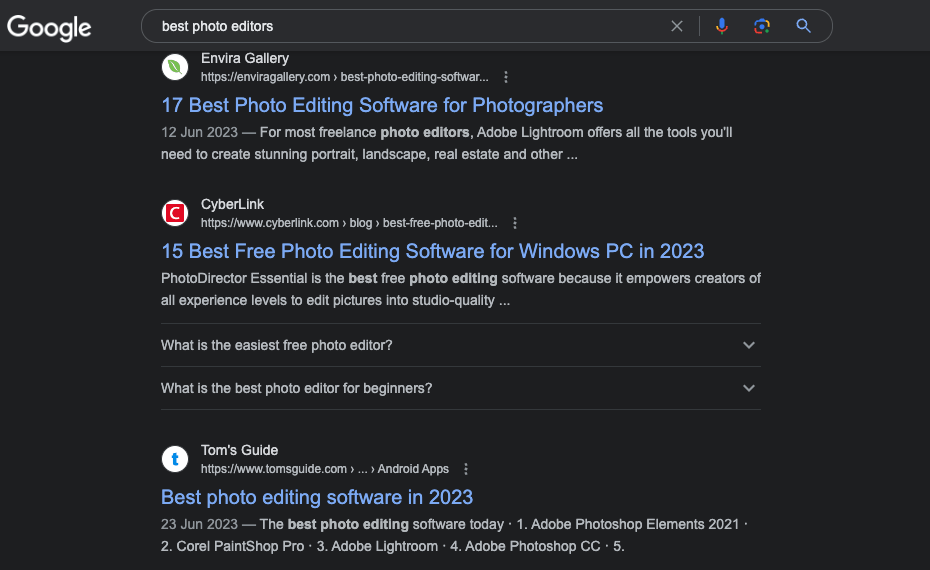
Those titles stand out from the search results easier.
Remember to use a title case in your titles. In other words, start every word with a capital letter.
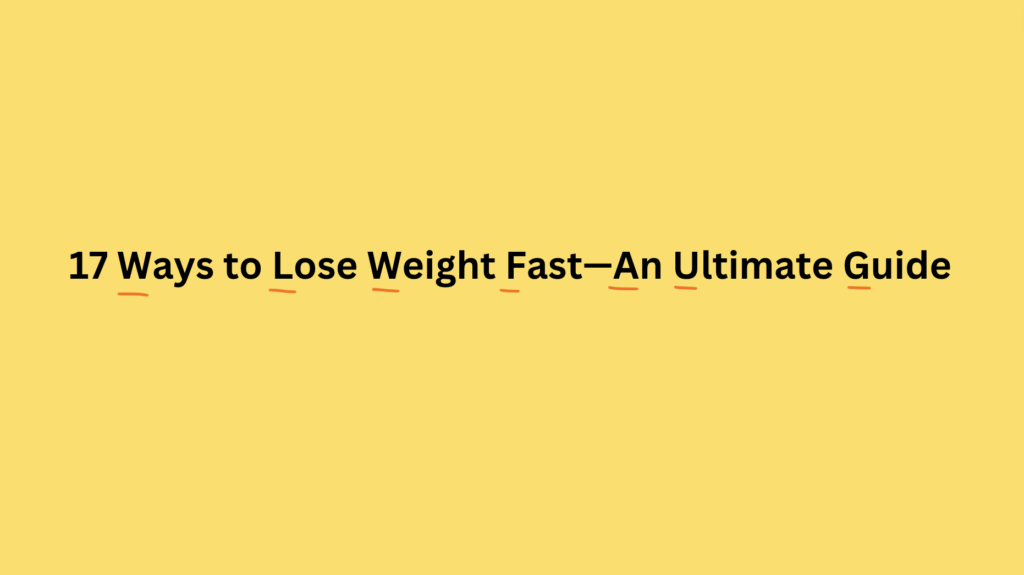
#2 Introduction
The introduction is where you set the tone for your post.
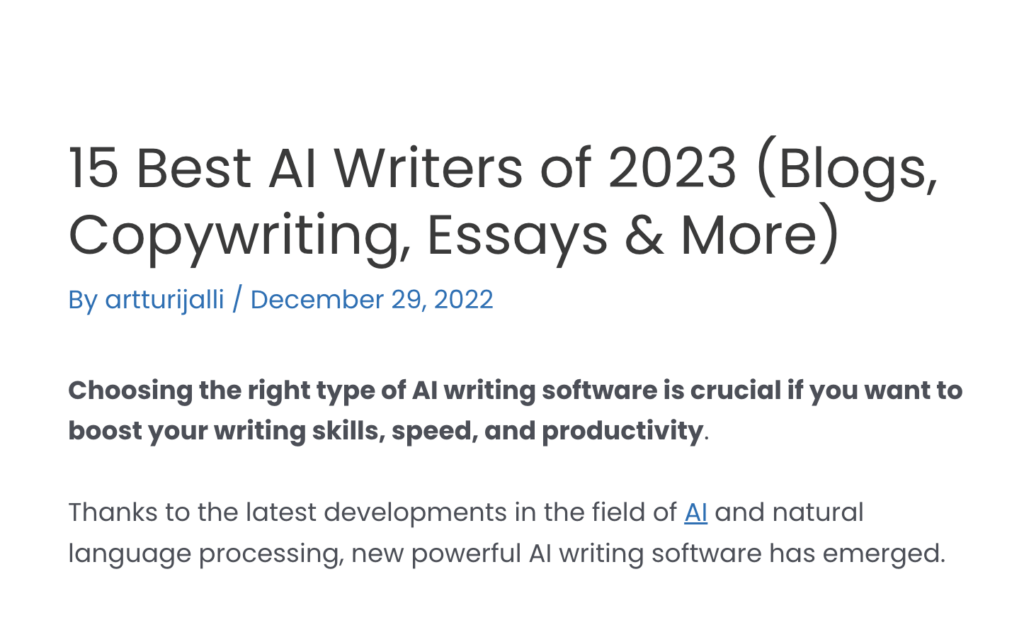
Pull in your reader with an engaging hook, such as an interesting fact, question, or bold statement that relates to your topic.
Follow this with a brief overview of what the post will cover, as well as the value it offers.
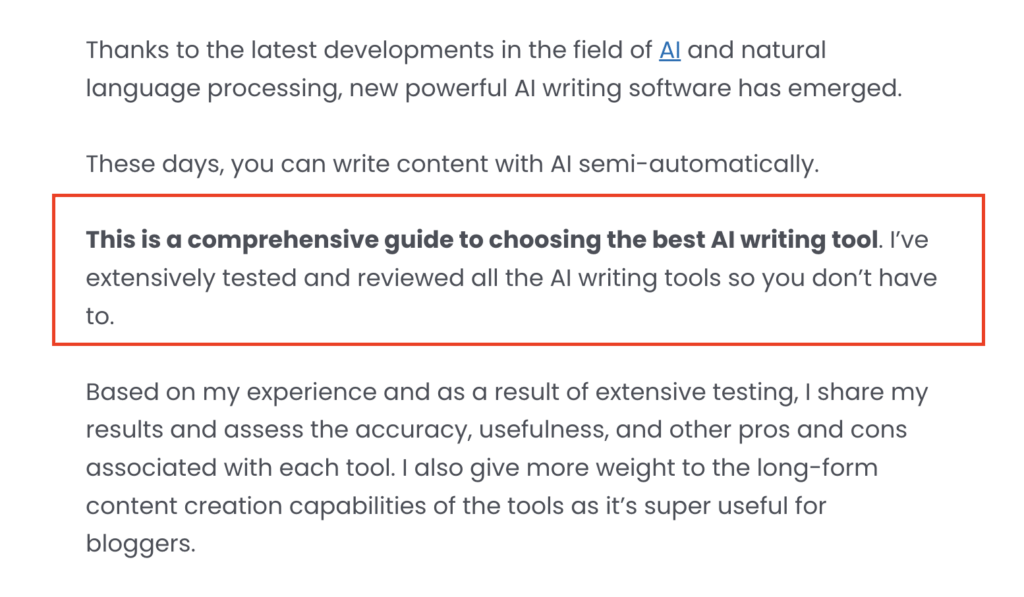
The introduction essentially pitches the blog post to the reader.
#3 Table of Contents
The Table of Contents (TOC) offers an overview of your blog post, allowing readers to navigate through your content quickly.
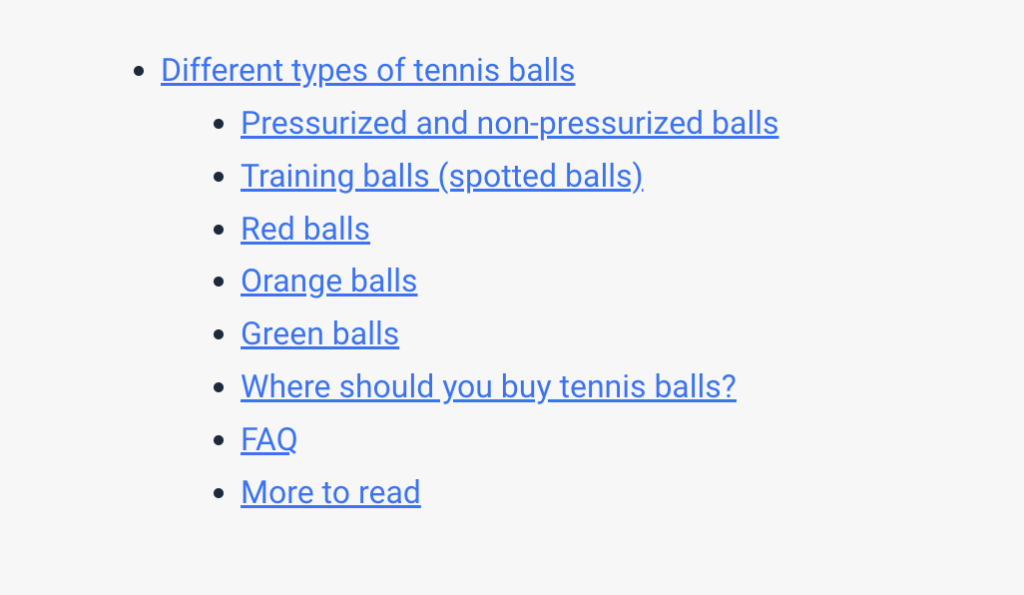
Especially for long-form posts, a TOC can be useful.
The goal is to deliver your message as quickly as possible.
If a table of contents can help your reader navigate to a certain part of the post, make sure to add one!
The TOC doesn’t need to be a boring “Table of Contents” like in a scientific paper. Instead, you can get creative and add a section like “What Are We Looking At” or such.
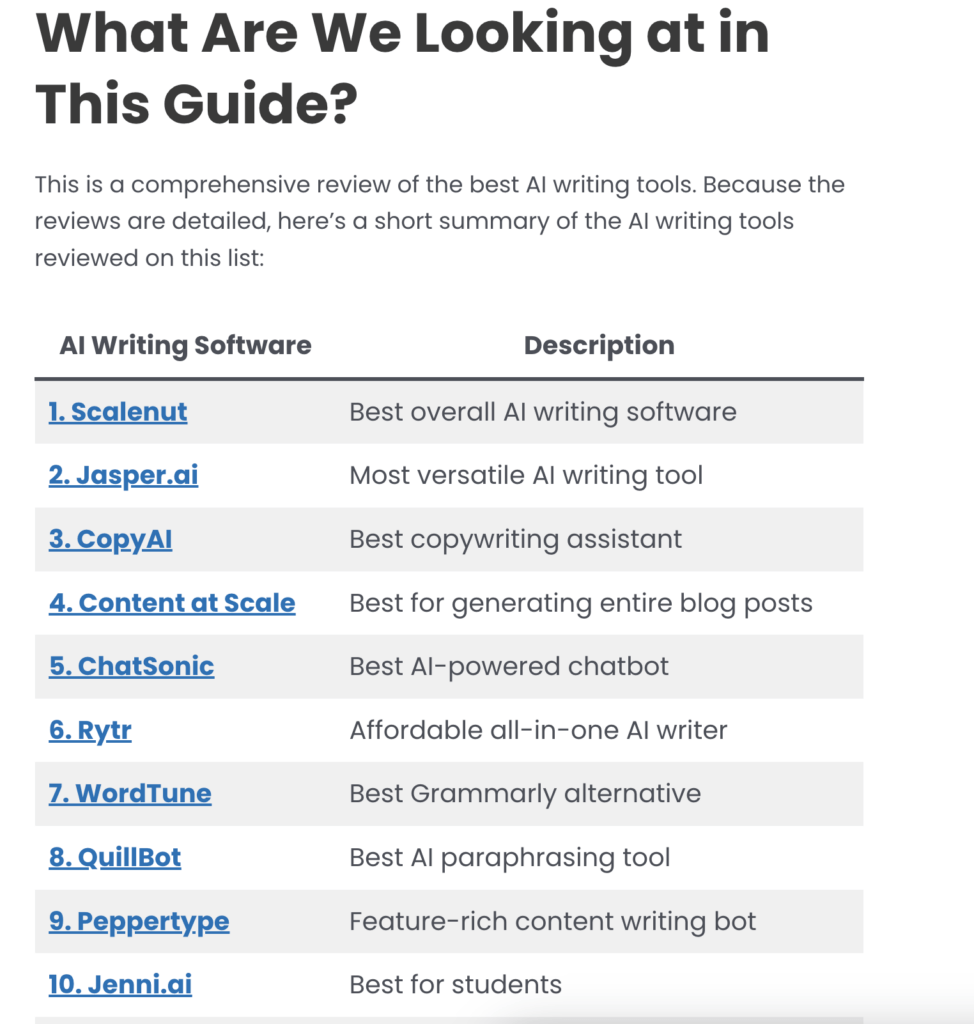
Tip: Use a plugin for automatically creating TOCs for your blogs. In WordPress, you can use Easy TOC.
#4 Headings
Headings, subheadings, and subsubheadings play an important role in structuring your blog post.
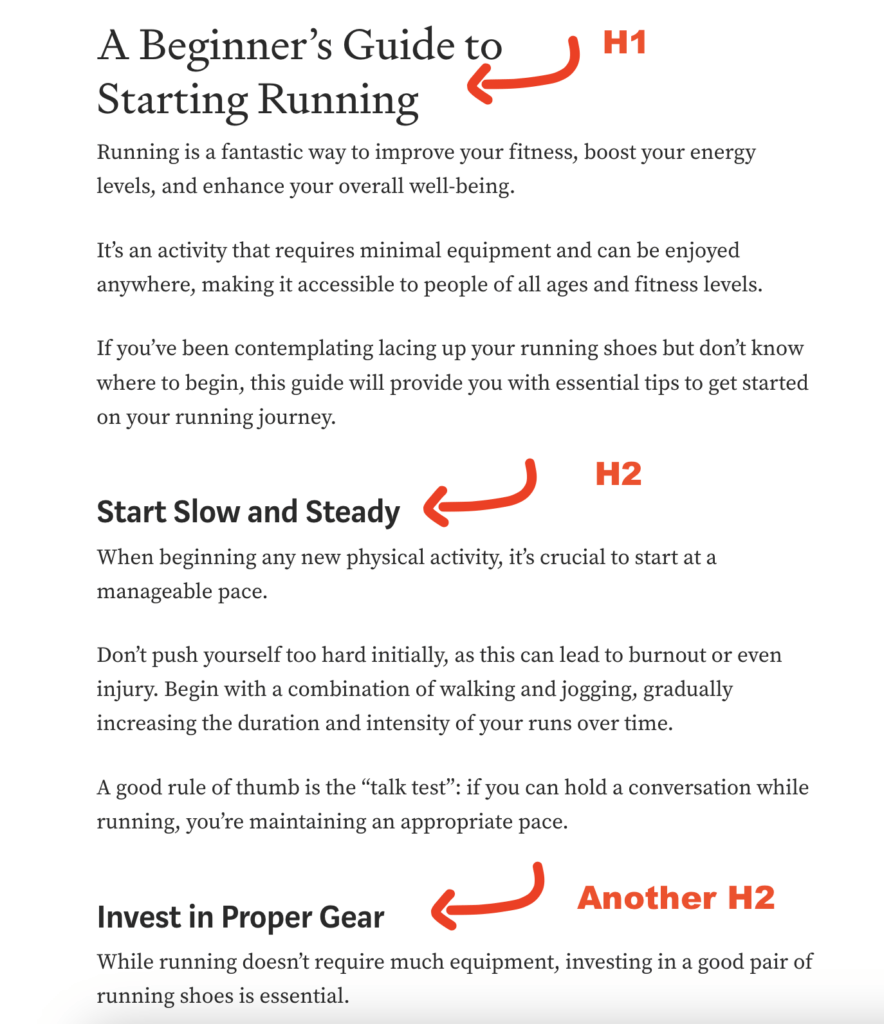
They break down your content into digestible sections and provide a roadmap for your readers.
While there’s no exact number of words per subheading, I’d gravitate towards adding them more than less.
A 2,000-word post with 2 subheadings is much worse than one with 20.
And when it comes to the headings, you commonly see those letters like H1, H2, H3, etc. These are the levels of the headings.
The title of your blog post should be the only H1 in the post. Then the following talking points should be all H2s. And all the subheadings should be H3s and so on.
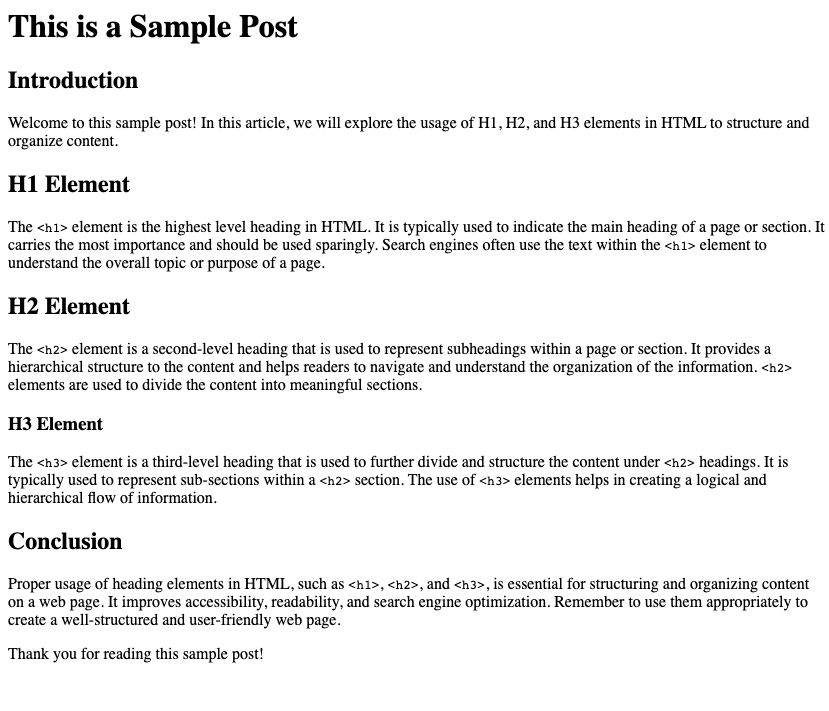
#5 Paragraphs
Keep your paragraphs short and concise. Large blocks of text are overwhelming for the reader.
Typically, a paragraph should contain one main idea or point. This makes your content more readable and easier to understand.
On mobile devices where the screen size is narrow, longer paragraphs look terrible.
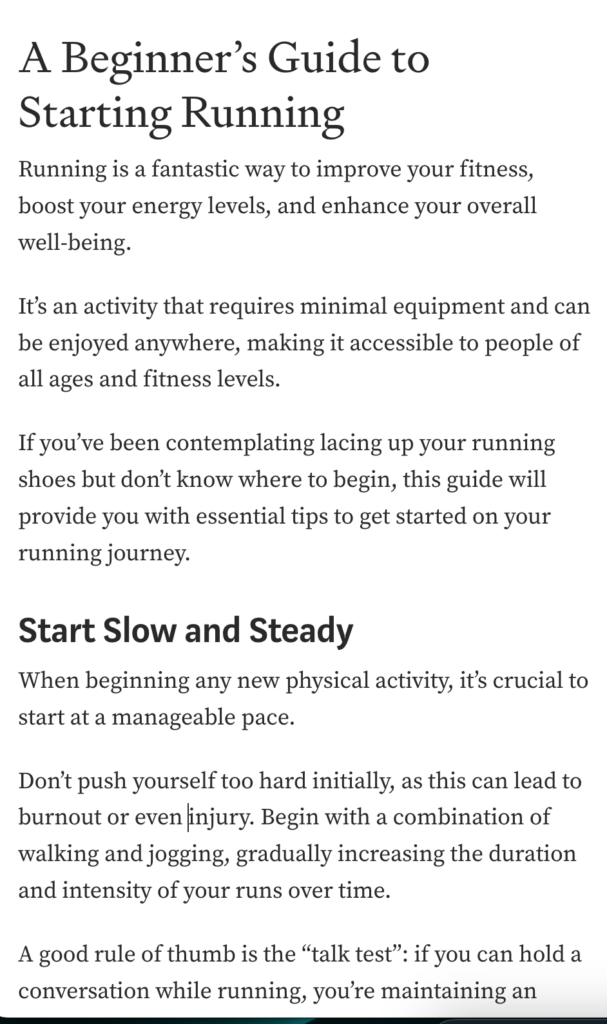
Use at most 3 sentences per paragraph to avoid the wall-of-text effect.
#6 Content Structuring Elements
Beyond paragraphs and headings, other common structuring elements can enrich your post.
These include bullet points:
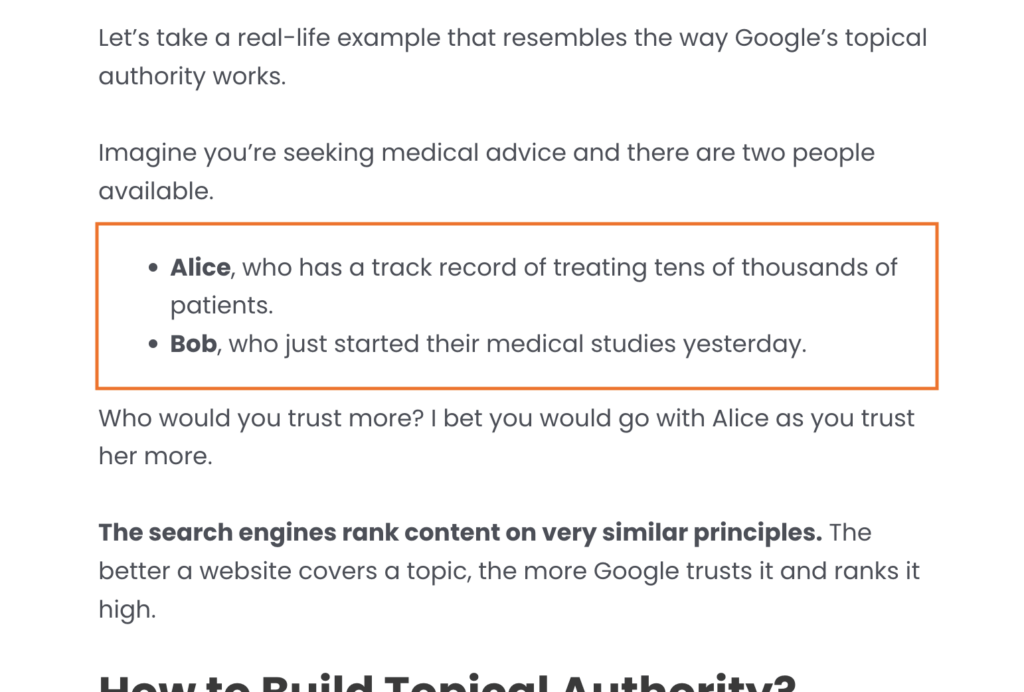
Numbered lists:
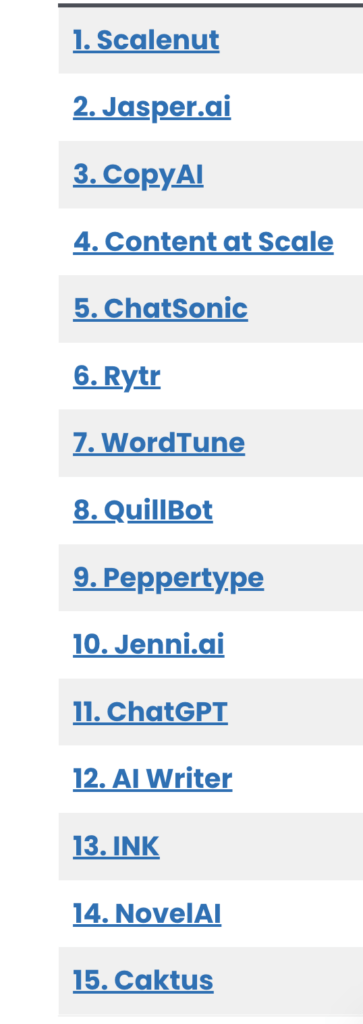
Information boxes:
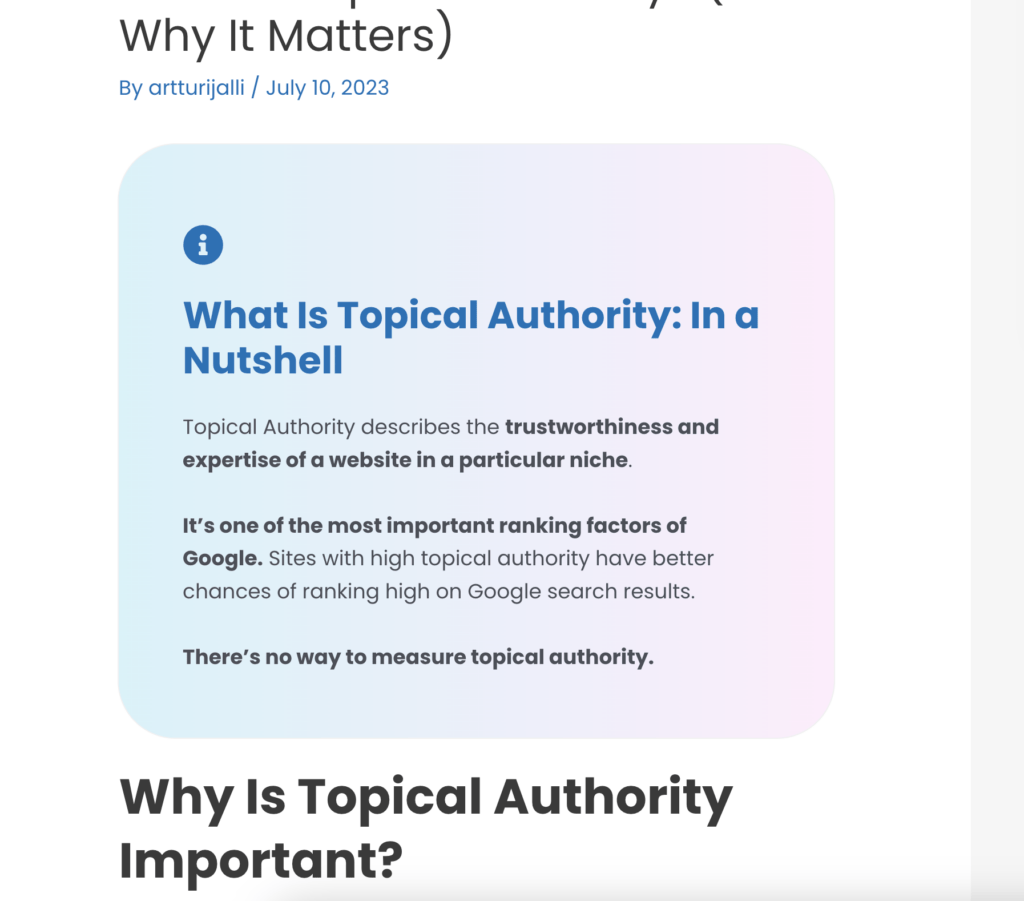
And images, tables, and so on.
Those can highlight key points, break up the text, and make your post more engaging.
Similar to headings and subheadings, these content structuring options make your post easier to navigate through.
It also gives your post a nice and professional look.
#7 Use Visuals
Visual elements such as images, infographics, and charts take your posts to a different level.
They help explain complex concepts and break up the text.
Always ensure your visuals are relevant to the content.
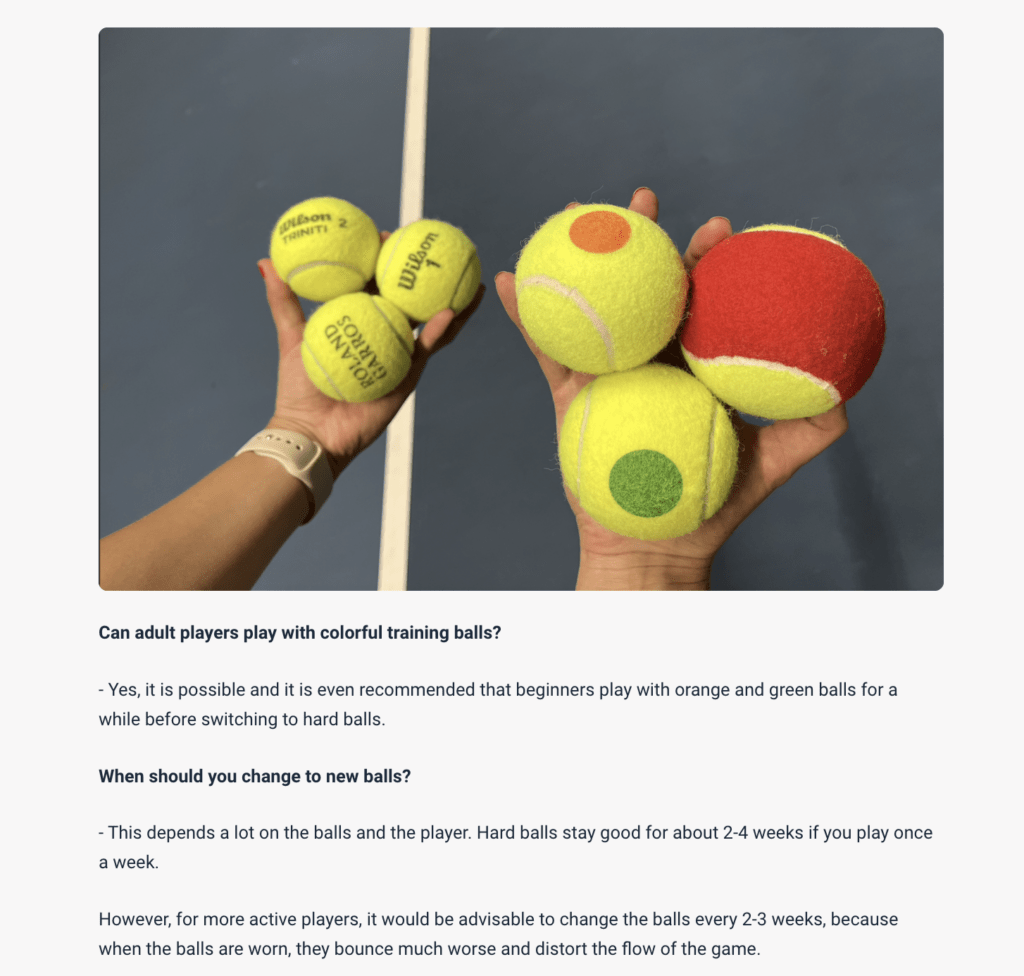
You don’t need to go to a studio to take those images. iPhone Quality is more than enough. After all, those studio-quality images aren’t as relatable as those pictures with an amateurish look.
Include an image that supports delivering your message whenever possible. It’s not possible to add too many images.
For example, if you mention that your shoes changed color in the rain, prove that with an image you took.
If you don’t have images yourself, you can use stock footage. But those usually don’t add value to the post. They just make the post look more readable but also generic.
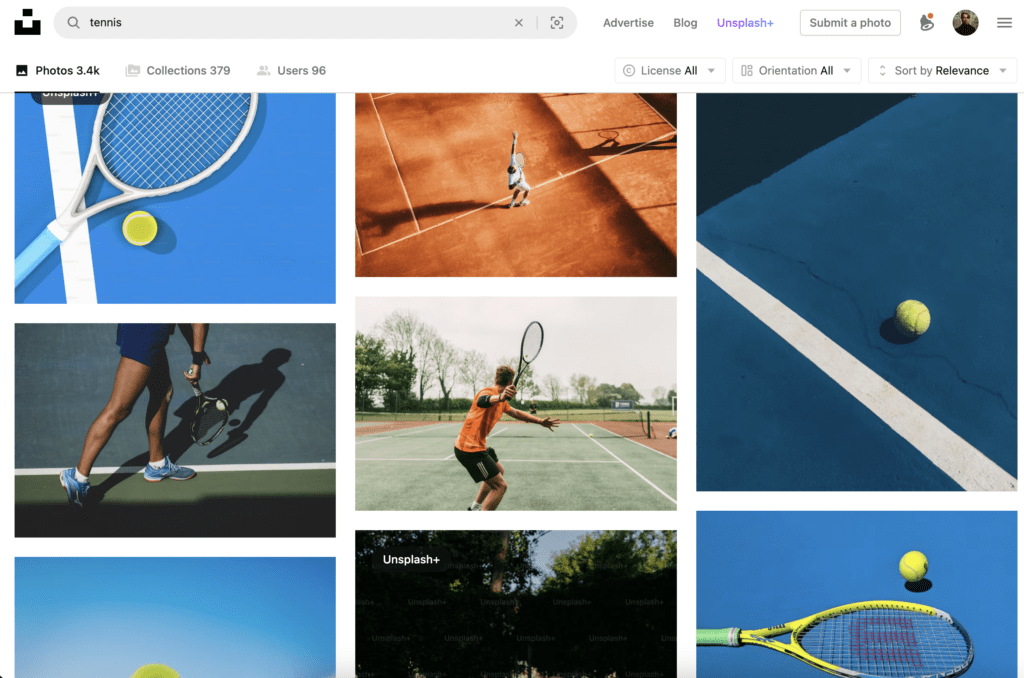
Anyways, I love visuals because they can bring extra exposure to your blog.
If you have a useful infographic, people might share it on social media or use it in their blog posts. This can give you a nice audience/awareness boost.
#8 Conclusion
Your conclusion is a brief recap of the main points in your blog post.
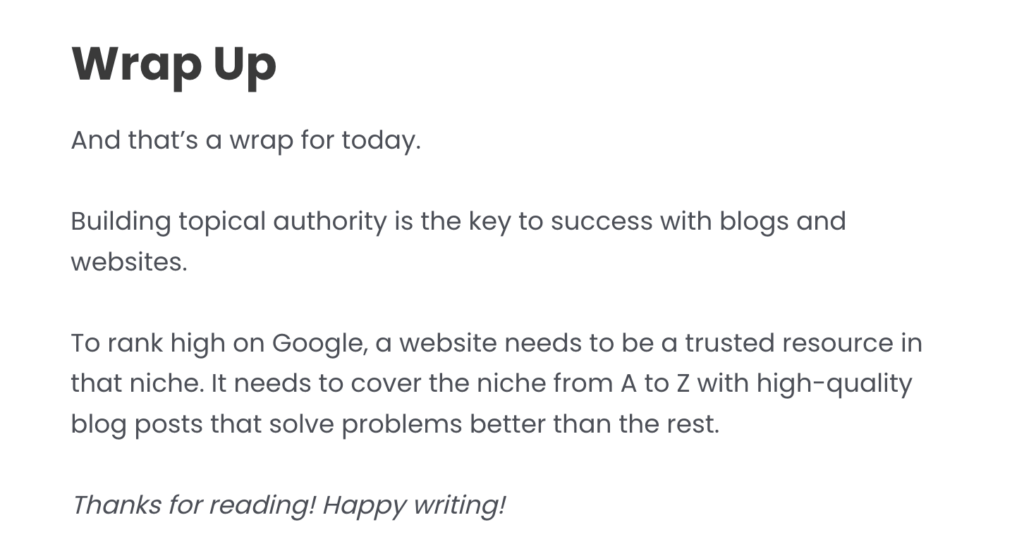
This is where you tie everything together and reinforce the value of the information you’ve shared.
Basically, if someone’s in a hurry, they should be able to get the main points of the post from the conclusion.
By the way, the word “Conclusion” is a very generic and boring word to use. You can replace it with something less generic, such as
- Bottom Line
- Wrapping Up
- Final Thoughts
#9 CTA
End your post with a Call To Action (CTA). A CTA encourages your readers to take a specific action.
This could be signing up for a newsletter, downloading a freebie, or purchasing a product.
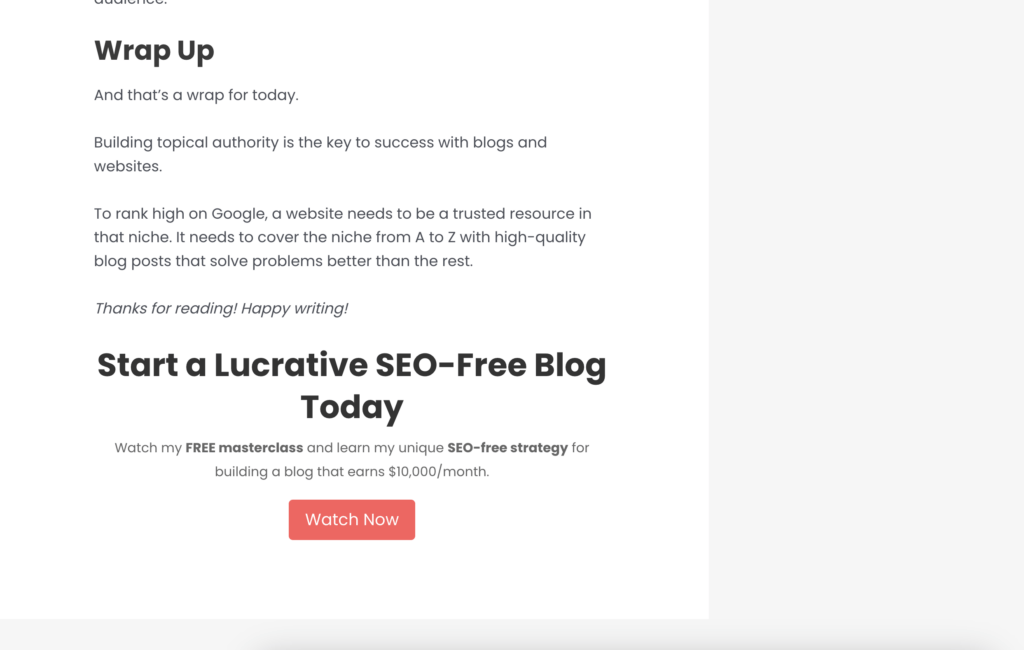
Most blog visitors just come and go from Google results. But your goal is to build a loyal following for your blog or brand.
If you can capture even 1% of your visitors with a CTA, that’s a worthwhile addition.
Tip: Check the Competition
Check what your competitors have done to get to the top of Google.
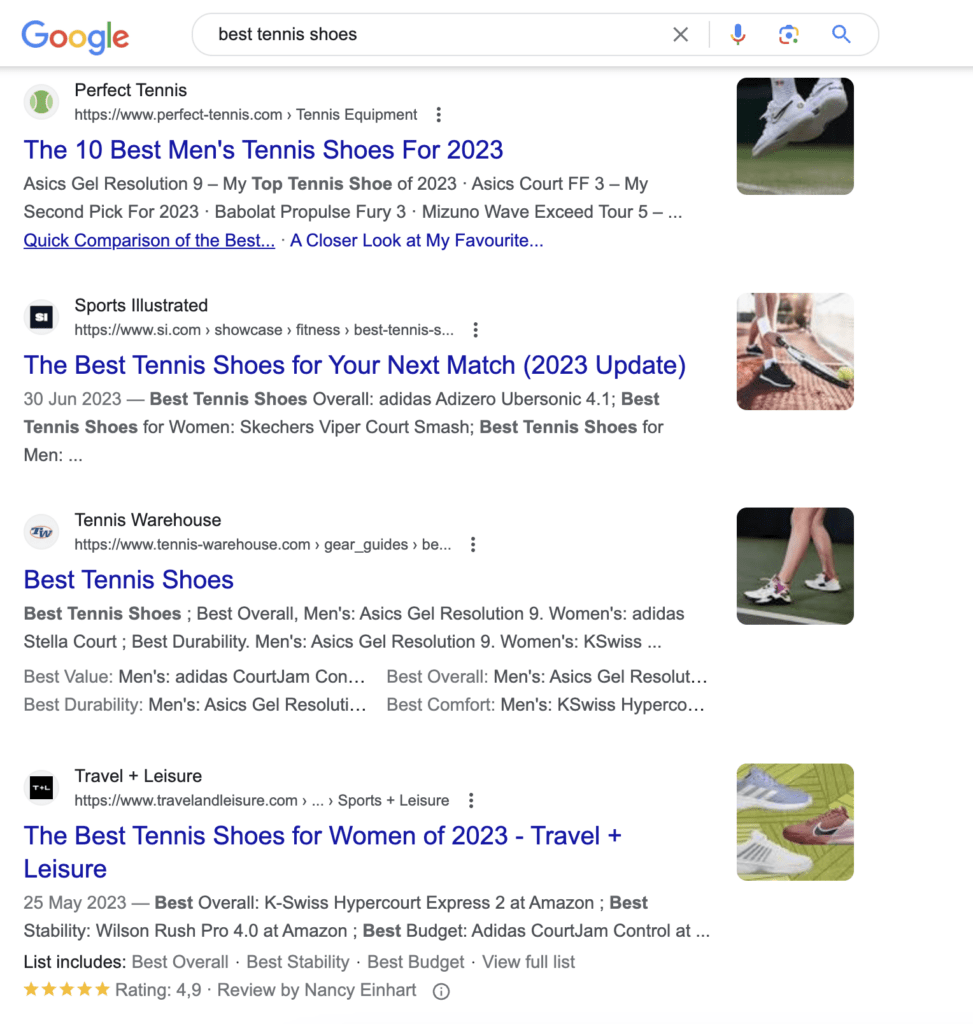
This is such an underrated tip that many simply ignore.
Before writing a post, Google the topic to see what the top posts look like.
This is 100% free data that reveals the blueprint for ranking high with that particular search phrase.
For example, in product reviews or roundup posts many times the post starts with a table that summarizes the blog post for busy visitors.
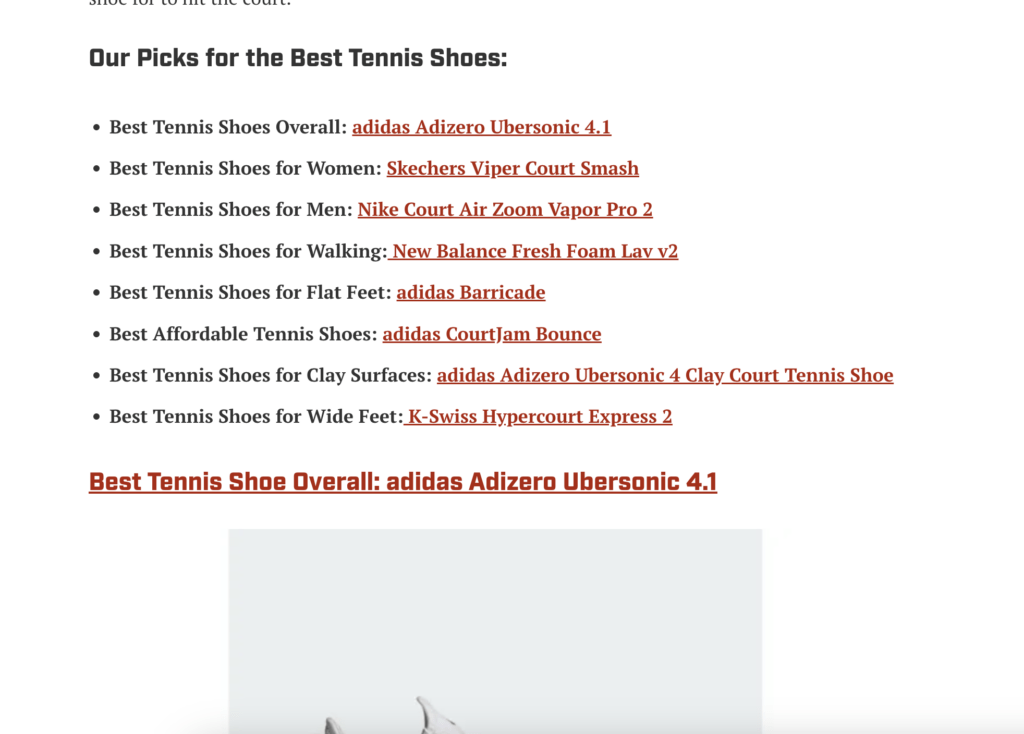
If all your competitors have a product table, you need to add one to your post too.
Or if for some odd reason, all your competitors’ subheadings are yellow, you should do that too!
Wrapping Up
No one wants to read a wall of text these days. People want to find answers quickly. The quicker the post guides the visitor toward the answer, the better.
Start with an eye-capturing title and a strong intro.
Use headings, subheadings, bulleted lists, unique images, numbered lists, and tables to make your post rich and skimmable.
End with a conclusion followed by a call to action to keep the reader on your site.
Thanks for reading. Happy writing!
